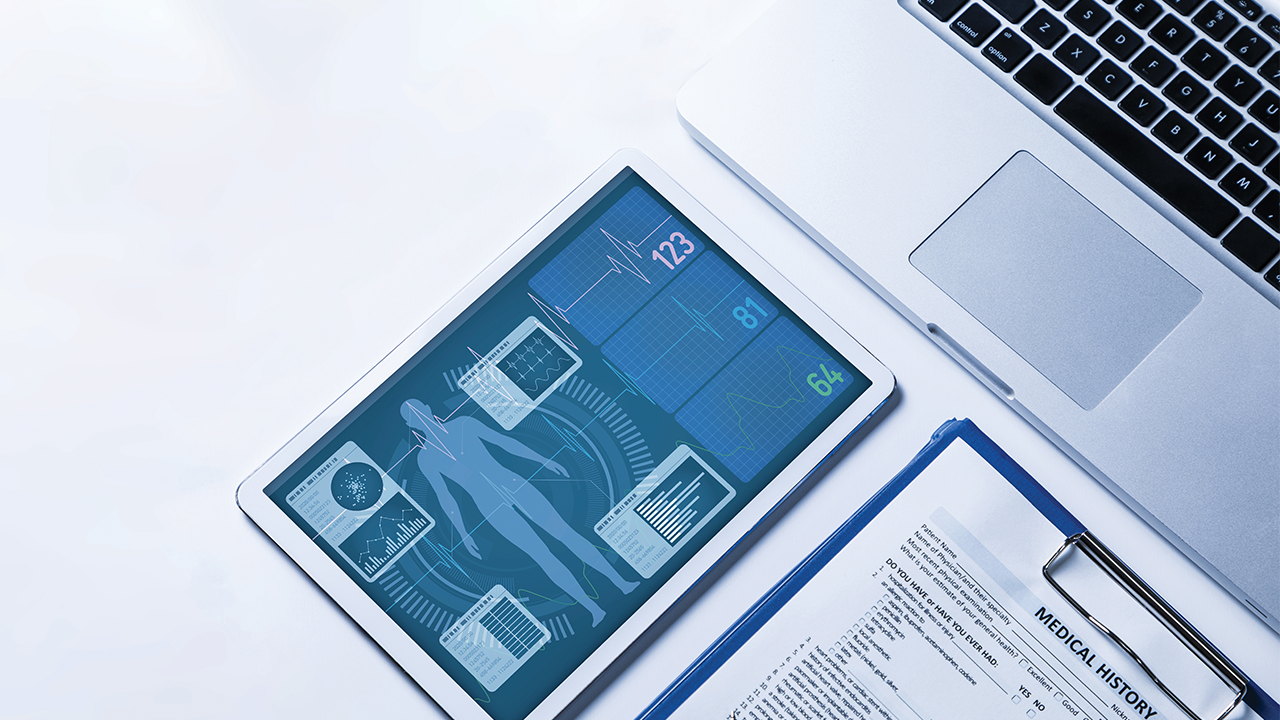The Resident and Associate Society (RAS) Advocacy and Issues Committee hosts the annual RAS Symposium at the American College of Surgeons (ACS) Clinical Congress. During the meeting, RAS members and invited guests rigorously evaluate the trends and challenges that affect surgical trainees and practicing surgeons.
This year’s symposium, which takes place Sunday, October 16, during this year’s Clinical Congress in San Diego, CA, will explore the promise and perils of electronic health records (EHRs), which transformed the routine practice of contemporary surgical care and had a considerable impact on surgical education.
Herein we present the background and ideas that will shape what we anticipate will be a lively debate at the RAS Symposium.
Introduction
Physicians have maintained records of patients’ medical care for thousands of years.1 The current standardized, modern form of recording medical information began in the 20th century.1 The EHR was developed first in the US in 1972 at the Regenstrief Institute.1 At that time, automation of these records was limited, and the cost was prohibitive for the wide adoption of the EHR. In the late 20th and early 21st century, electronics became more affordable, along with a push from the federal government to add computers to medical practices.2 In 2009, the American Recovery and Reinvestment Act provided both funding and incentives to medical systems that adopted EHRs.2
When initially conceived, the EHR sought to modernize the practice of medicine by enabling physicians and patients to have consistent and seamless access to an individual’s medical history across all encounters. For researchers, it also provided large data banks to study patient outcomes and shape the future of medicine on a large scale. In theory, the EHR was supposed to be a secure, efficient, electronic version of a paper chart with a few extra benefits, such as streamlining and standardizing care. In many ways this goal has been achieved, with quick access to clinical information via smartphones and tablets, improved communication between members of the healthcare team and, as seen during the COVID-19 pandemic, the expansion of telehealth and patient EHR portals.
Nonetheless, today’s EHR has been cited as a leading source of physician burnout, described as “death by a thousand clicks.” The EHR may underlie dissatisfaction among patients who feel their providers are distracted by the necessity for documentation, often while the patient encounter is occurring. Though intended as an efficient mechanism for tracking patient care, EHRs continue to face implementation obstacles: inter-EHR incompatibility; frequent pop-up modules for compliance, billing, and inventory management; and hospital metric dashboards that interrupt patient care. Many physicians may wonder whether EHR software is optimized for hospital and billing management or truly designed for patient data integration and efficient clinical care.
The Promise: Speed, Access, Data Sharing
Previously, physicians flipped through the physical chart at the bedside of a patient to access vitals, view consult notes, or become aware of ancillary events. “If only this could be seen from other parts of the hospital,” is what surgery interns thought during those days. The development of the EHR has made this possible. Every piece of information about the patient can be accessed by the care provider via a computer or smartphone. Laboratory values update instantly, vitals are organized via time in a graph, and easily accessed imaging all are now possible with EHR technology.
In fact, one of the first things third-year medical students do before clinical time is download the EHR application to their phone. Mobile EHRs have been a regular portion of medical training for at least the past decade. Now a notification can instantly alert physicians to a new laboratory value or vital sign, allowing them to monitor a patient’s condition. Most EHRs even have a function that allows the bedside nursing staff to securely message the physician with exact details regarding any concerning signs or symptoms. This functionality can remove the sometimes laborious task of responding to a page and is a direct line of communication with the bedside care provider.
Finding a precise consult note or operative report is easy. The healthcare provider can even search the entire chart for specific content if necessary, making preparation for clinic visits a simplified task. And residents can plan for the operating room by reviewing the attending’s previous operative notes, while attendings can check whether primary care physicians, specialists, and anesthesiologists have ensured the patient has undergone preoperative optimization.
Ideally, the EHR extends between hospital systems. As patients are transferred between different hospital systems, the EHR enables the sharing of imaging, notes, and laboratory data. This coordination of care reduces unnecessary or duplicate testing and improves patient outcomes.3
Some of these benefits may seem second nature now that EHRs have been present for 50 years, and a subset of surgeons deeply appreciate the universality the EHR has brought about.1 Input by clinically active medical providers is imperative in continuing to create the most optimal and current EHR for the best clinical care and provider performance.
The Perils: Burnout, Inefficiency, and Loss of Control
The widespread adoption of EHRs, incentivized by the Health Information Technology for Economic and Clinical Health Act of 2009,4 was predicted to bring sweeping improvements to the quality of healthcare delivered in the US. In reality, however, the EHR’s impact on quality has been mixed by many measures, and the unintended consequences on clinical practice patterns and the workforce have been significant.
The increasing dependence on EHR for documentation, clinical decision support, and billing has strongly mirrored rising levels and severity of physician burnout. Time spent using the EHR has been positively associated with the likelihood of burnout symptoms.5 A common complaint among EHR users is the counterintuitive or inefficient usability of EHR software,6 which also has been correlated with adverse effects on physician satisfaction.7
One explanation of why EHRs have seemingly become a common enemy is that they can appear to be engineered to diminish the autonomy and control that once characterized the practice—and perhaps the joy—of medicine.8 Entering a single medication order can involve navigating formulary alternatives, clicking through pop-up alerts, and scrolling through multiple chart tabs. Documentation of patient visits has been reduced to copying and pasting templates optimized for coding and billing. Even the continuous stream of new results, communications, and billing inquiries to the “in basket” is now a task to be managed, rather than an integrated aspect of clinical practice. The availability of EHRs on personal mobile devices also may contribute to a real or perceived inability to detach from work.8
EHRs also may exacerbate existing gender disparities, with implications for professional advancement and satisfaction. Recent evidence suggests that women physicians may spend more time using and documenting an EHR, both overall and during off-hours, compared with their male counterparts.9 Even after controlling for total work hours and clinical specialty, the differences remained significant. These findings also may contribute to the gender gap in physician burnout.10
Conclusion
This year’s RAS Symposium will feature a debate on the promise and perils of EHRs—the potential benefits of an electronic transformation of clinical information accessibility, study, and efficiency versus the unintended consequences of decreased time with patients, interruptions to workflow, security concerns, adverse changes in care delivery, and physician burnout. What is the future of EHR, and what role should surgeons play in shaping it? Can the current EHR model be saved, or do we need to start over?
Learn more during the RAS Symposium Sunday, October 16. We look forward to seeing you there.
Register for Clinical Congress 2022
If you are not yet registered for Clinical Congress, October 16-20 in San Diego, CA, ACS Resident Members can register for free on or before October 15, 2022. Go to facs.org/clincon2022.



